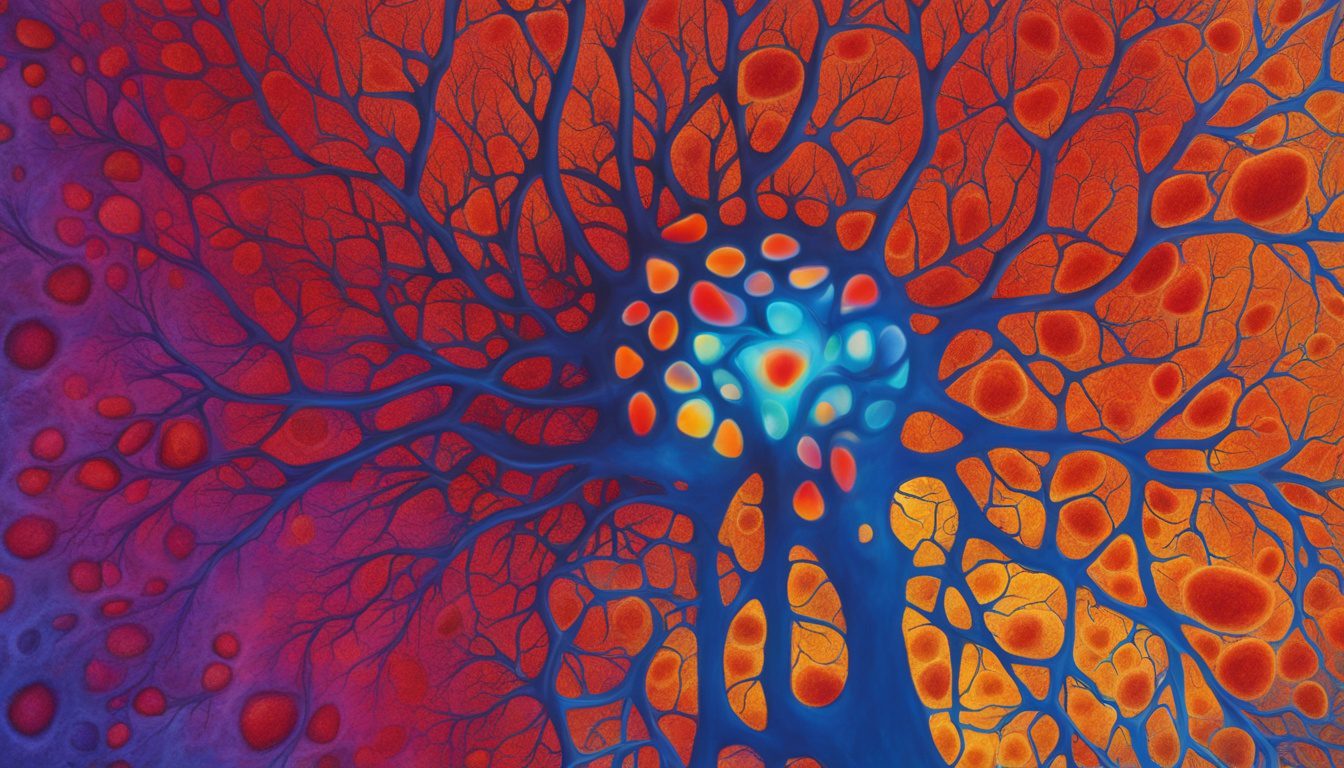Primary adrenal insufficiency, or Addison’s disease, is a long-term illness. It comes from not making enough adrenal steroid hormones. This can be because the adrenal glands are not working or the body doesn’t make enough of a certain hormone called ACTH. People with this condition often feel weak, tired, and lose weight. They can also have low blood pressure, dark skin spots, and struggle to keep their blood sugar stable when they don’t eat.
The reasons behind primary adrenal insufficiency vary. The top ones are the body mistakenly attacking the adrenal glands, infections like tuberculosis damaging them, having them surgically removed, or being born with a problem in how the adrenal hormones are made. Getting diagnosed early and the right treatment can make a big difference. It helps stop complications and makes life better for those with the disease.
Key Takeaways:
- Primary adrenal insufficiency is a chronic condition characterized by impaired secretion of adrenocorticoid steroid hormones.
- Common symptoms include weakness, fatigue, weight loss, hypotension, hyperpigmentation, and difficulty maintaining blood glucose levels.
- The condition can be caused by autoimmune-mediated adrenal atrophy, tuberculous destruction of the adrenals, surgical removal of the adrenals, or inherited enzymatic defects in adrenal hormone synthesis.
- Prompt diagnosis and appropriate treatment are crucial for preventing complications and improving patient quality of life.
- Emerging advancements in stem cell therapy offer potential alternatives to conventional treatment options.
Diagnosis and Monitoring of Primary Adrenal Insufficiency
Diagnosing primary adrenal insufficiency is key, especially when patients have key symptoms. Doctors use various tests to make sure of the diagnosis.
Corticotropin Stimulation Test
The corticotropin stimulation test is the best to diagnose primary adrenal insufficiency. Doctors use it to see how the adrenals react to ACTH. The patient gets ACTH, and their blood is checked before and after to look at cortisol. If there’s not enough cortisol afterwards, it’s likely primary adrenal insufficiency.
Morning Plasma ACTH and Cortisol Levels
When the stimulation test can’t be done, checking morning ACTH and cortisol can be a first step. Low levels of both suggest a problem with the adrenal glands.
Autoantibodies Against 21-Hydroxylase
In people with low cortisol, finding autoantibodies to 21-hydroxylase hints at a cause. These antibodies often show up in autoimmune adrenalitis, a top reason for primary adrenal insufficiency.
Assessment of Mineralocorticoid Deficiency
For issues with mineralocorticoids, testing plasma renin and aldosterone can be done. Low levels here point to the possibility of mineralocorticoid deficiency.
Follow-Up Monitoring
Regular checks are crucial in treating primary adrenal insufficiency properly.
- Dosing of corticosteroids needs to be watched to ensure it’s enough.
- Watching for other autoimmune conditions, like thyroid issues, is very important. They often happen together with primary adrenal insufficiency.
Using these tests and keeping an eye on things helps doctors diagnose and treat primary adrenal insufficiency. This makes a big difference for patients, improving their health and life quality.
Treatment Options for Primary Adrenal Insufficiency and Advances in Stem Cell Therapy
Treating primary adrenal insufficiency often means using glucocorticoid replacement therapy. This therapy aims to boost cortisol levels that are too low. The main medicine used is hydrocortisone. It’s taken in two or three doses each day. This treatment eases symptoms and makes people feel better.
If a patient lacks aldosterone, they might need mineralocorticoid replacement therapy. It helps keep electrolytes balanced and blood pressure steady. For this, doctors usually prescribe fludrocortisone.
Patients must know when they need extra steroids, like when sick or after surgery. They should have a steroid card with them. This card has important info about their treatment. They should also have extra medicine for emergencies.
There have been exciting developments in stem cell therapy for primary adrenal insufficiency lately. This new method could one day reduce or replace the need for daily medicine. But, more studies are ongoing to check if this treatment is both effective and safe.

